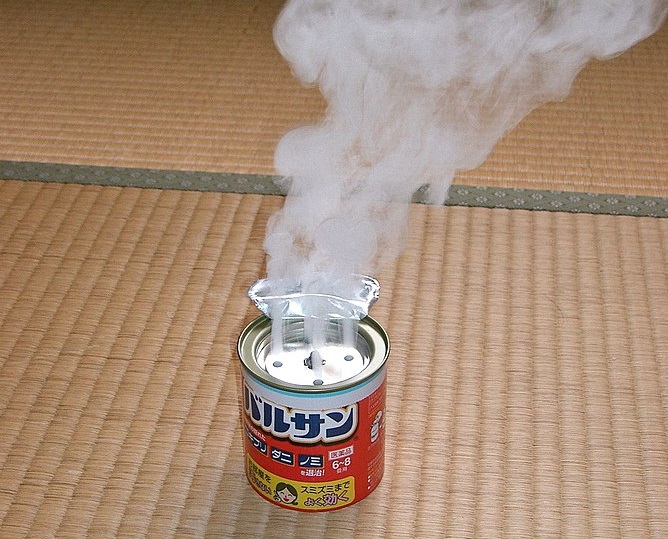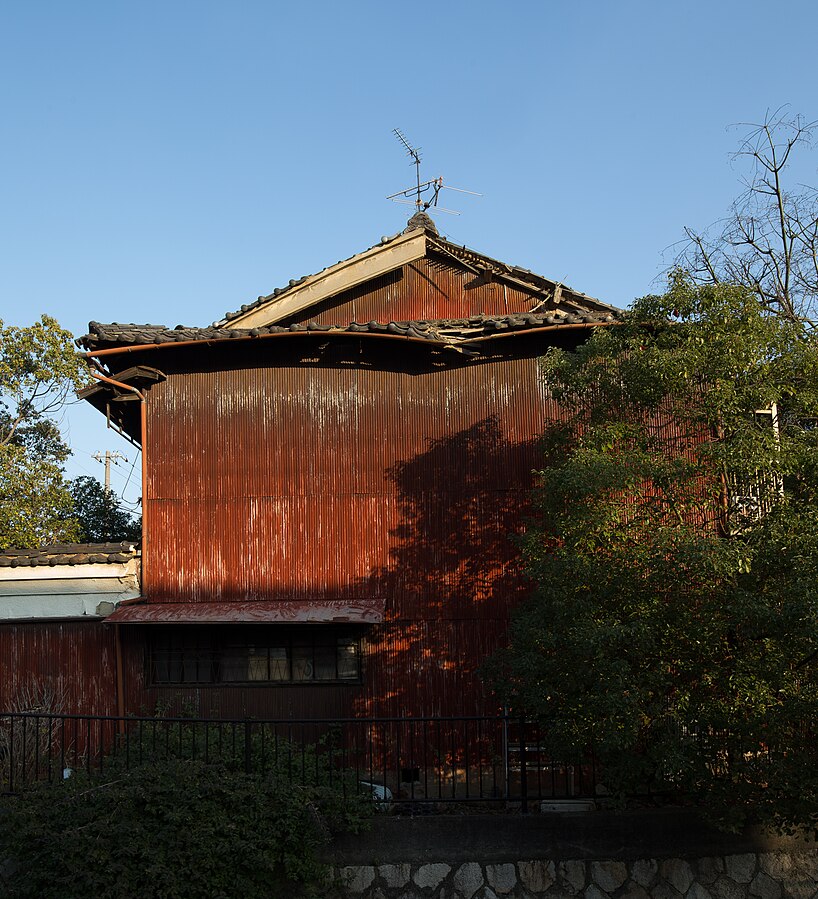As an island nation with high humidity, Japan has quite a few creepy crawlies that like to get into your apartment. In this article, I will discuss everything you need to know to prevent and handle a potential infestation in Japan.
Types of bugs we are dealing with
Before we can discuss strategy, we must first understand the enemy.
There are 4 main types of bugs that you will likely encounter during your stay in Japan.
-
Cockroachs “gokiburi” (ゴキブリ)
-
Flies “hae” (ハエ)
-
Mosquitos “ka” (蚊)
-
Stink Bugs “kamemushi” (カメムシ)
Depending on location, you may run into some other pests like centipedes “mukade” (ムカデ) and ticks “dani” (ダニ), but the 4 above are by far the most common, and therefore, need a strategy for dealing with.
How they get in
Now that we know what we are looking to prevent, we should understand exactly how they get in.
doors and windows
Any time you open a door or window, you open up the opportunity for a bug to get in. This is especially prevalent for flying insects like flies and mosquitoes.
Even when closed, as a building ages, doors and windows will develop slight cracks and loose seals allowing just enough space for bugs to enter. Especially certain weak points like the door’s mail post and window screens.
Ventilation fans
As a point of connection with the outside, it is possible for bugs to crawl in through them.
Vents tend to contain a filter to prevent bugs from getting in, so this is not a super common point of entry, but over time the filter could develop cracks allowing bugs to enter.
Older buildings also commonly come with vents without a filter, so be extra careful when dealing with older buildings.
Drains and Air conditioning
Drain pipes and air conditioner hoses offer a connection to the outside that bugs can crawl in through.
Especially the drain pipe as it also tends to have food scraps left in it acting as bait for cockroaches.
Cardboard
When moving or ordering packages, it is common to accumulate unneeded cardboard.
As cardboard contains little air pockets within their construction, cockroaches will often lay their eggs inside those bubbles. If left in your apartment for an extended period, they will hatch and appear in your apartment.
Apartments to avoid if you do not like bugs
Even though it is impossible to guarantee that you will never run into a bug in your apartment, there are certain factors to check for in your next search to minimize your chance of an unwanted guest.
Older buildings
As a building ages, it allows more time for cockroaches to make it their home. Older buildings tend to have a population within the walls and other hard-to-find spaces, and once this happens, it is nearly impossible to get rid of them.
Beyond that, older buildings will have more structural wear and tear creating more openings for new bugs to enter. Newer buildings offer a lot more modern construction technology which helps a lot in the prevention of bugs getting in.
The age of a building is definitely a major factor in how often you will see bugs and should be a priority in your search for a new place to stay.
Being close to the ground
Apartments on the ground floor make it a lot easier for bugs to get in. It is said that bugs can fly roughly 10 meters into the air, or about 3 stories. Because of this, looking for an apartment higher than the third floor will make it significantly more difficult for flying insects to get in.
Of course, this is not going to do much for an infestation, but it does at the very least slow the time it takes for the infestation to spread.
Shopping districts with restaurants
Due to all the food containing garbage that restaurants and other stores produce, cockroaches and flies will be a common sight.
Mixed-use buildings with a first-floor convenience store will also run into this problem, along with buildings that are located near garbage dumps.
Despite the convenience, it would be best to avoid these areas if you do not want insects.
Areas near a lot of nature
In an effort to avoid shopping districts, you might decide to go to an area with more nature, but they have problems of their own.
Trees and foliage will often come with bugs that will find their way into your apartment. This is especially common with stink bugs, centipedes, and ticks.
If you find those types of bugs unacceptable, it would be smart to avoid buildings near parks and bodies of water.
Buildings made of wood
Even with modern construction technology, wood makes it very hard to keep perfectly air-tight. This allows certain cracks for bugs to get in.
This becomes a bigger problem as the building ages, as the material that the building is made of has a large effect on how much damage will naturally occur.
When looking for an apartment, especially for older buildings, it would be best to avoid wooden buildings.
Low sunlight and wind
Even in the same building, the location of the room in relation to the sun and neighboring buildings can affect how many pests you get.
If a room does not get much sun or wind ventilation, it will become damp and humid. Since bugs enjoy humidity, this will lead to more bugs being attracted to your place.
When searching make sure the actual location of your room gets sunlight and space for ventilation.
Preventative measures
Due to the fact that it is impossible to guarantee your apartment will never see a bug, there are some actions you can take to handle bugs after you move into your apartment.
Smoke pesticide
When you first move into your apartment, before you start furnishing or unpacking, you should fumigate your apartment with a varsan (バルサン).
This will kill all the bugs that are already living in your apartment.
Make sure to close all the windows and doors, turn off the smoke alarm, and open all closets and cabinets. Place it in the middle of your apartment and leave for about 2 to 3 hours. After returning, clean up all the dead bugs and continue moving in normally.

Block all entry points
In order to prevent bugs from crawling in through the air conditioner unit or drains, you should get a net to block the entry points.
You can purchase a net for the air conditioning hose and sink drain at a drug store or 100 yen shop.
Make sure to put those on as soon as possible and replace them when necessary.
Keep up with repairs
Whether it is the window screen or ventilation filters, make sure to check them for damage and repair them as necessary.
Depending on your contract, the responsibility for repair costs can either be on the landlord or renter.
As soon as you see damage make sure to contact the management company.
Spray and traps
Bug spray and traps are a vital tool in the fight against insects. They help both in the prevention and reduction of a current infestation.
Make sure to spray or lay traps in locations where bugs can enter your apartment like windows, doors, bathrooms, and kitchens. They usually have a time in which you need to replace traps and respray, so keeping up with that is essential.
Keep things clean
The best prevention method is simply to keep things clean.
Make sure to throw away your garbage regularly, throw away cardboard, keep your sink clean, vacuum regularly, and store food where insects can not get to.
This especially helps with cockroaches, flies, and ants.
Certain plants that bugs hate
Certain plants release an aroma that repels bugs. Raising a plant can also be a fun hobby, so you get a two-for-one value.
Some plants that bugs hate include Mint, lemongrass, lavender, geranium, basil, etc.

Conclusion
Nobody likes having unwanted pests come into their home, and unfortunately due to high humidity, Japan is a country with a lot of insects.
The effort to avoid insects is an ongoing process that requires understanding how they get in, selecting the right apartment, and stopping them in their tracks.

 How to become a Real Estate Broker in Japan
How to become a Real Estate Broker in Japan